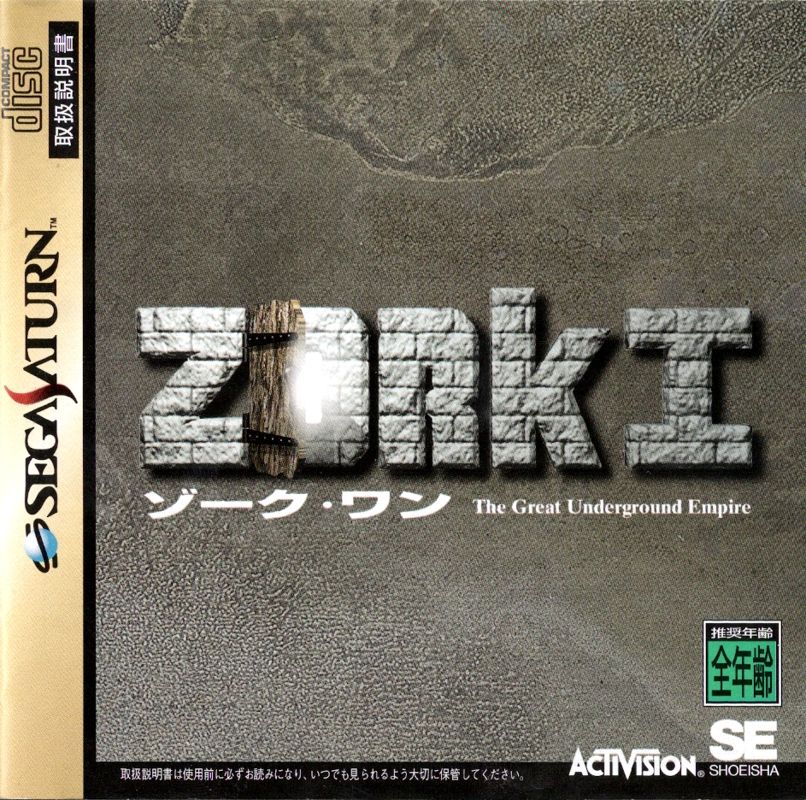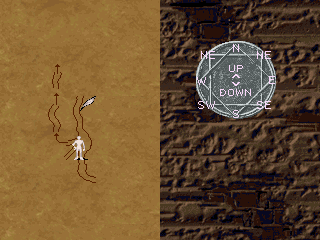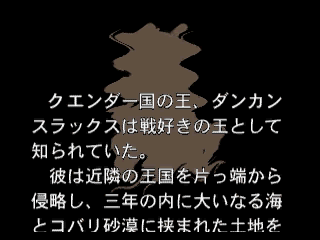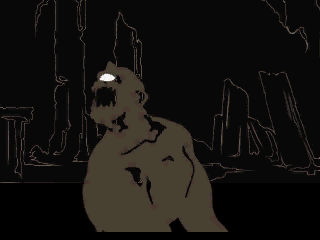Retro Replay Review
Gameplay
Zork I: The Great Underground Empire’s gameplay strikes a delicate balance between honoring its text-adventure roots and embracing modern console conveniences. The most striking innovation is the shift from typing commands into a parser to navigating menus with a joystick pointer. This change transforms the classic “verb-noun” input model into a more accessible system where action verbs are selectable options and inventory items are represented by intuitive icons.
(HEY YOU!! We hope you enjoy! We try not to run ads. So basically, this is a very expensive hobby running this site. Please consider joining us for updates, forums, and more. Network w/ us to make some cash or friends while retro gaming, and you can win some free retro games for posting. Okay, carry on 👍)
The inclusion of automapping is a game-changer for both series veterans and newcomers. Mapping out the labyrinthine halls of the Great Underground Empire used to fall solely on the player’s note-taking skills, but here the automap feature dynamically records each room and corridor as you explore. This allows you to focus more on puzzle-solving and treasure hunting, rather than spending precious time sketching out intricate cave systems on graph paper.
Despite these modernizations, the pacing and puzzle design stay remarkably faithful to the original. You’ll still encounter the same cryptic riddles, locked doors, and hidden traps that made the PDP-10 classic so enduring. The challenge level has been carefully preserved: puzzles remain logical but occasionally fiendish, rewarding careful observation and experimentation. Players who yearn for nostalgia will appreciate that no shortcuts have been taken to simplify the core brain-teasers.
Graphics
As a “radical graphical remake,” Zork I brings color and visual flair to a game that was once entirely text-based. The shift to two-dimensional, hand-drawn scenes breathes life into locations that had previously existed only in the player’s imagination. Each chamber of the empire—be it the dimly lit troll room, the sparkling underground river, or the towering barrier of the White House—receives a unique artistic treatment that deepens immersion.
Graphical fidelity clearly reflects an era when pixel art reigned supreme. Environments are constructed from richly shaded tiles, and character sprites are small but expressive. While these visuals may feel retro by today’s standards, they evoke the charm of early graphical adventures from Lucasfilm and Legend. The designers have leveraged a limited palette effectively, ensuring that each scene feels atmospheric without overwhelming the player with extraneous detail.
Minor animations—such as flickering torchlight and drifting dust motes—add subtle dynamism to the static backdrops. Sound effects and an ambient musical score complete the sensory package, signaling puzzle solutions with triumphant flourishes or creeping suspense when danger lurks nearby. Overall, the graphics and audio work in concert to transform a purely text-driven world into an engaging visual adventure.
Story
True to its lineage, Zork I’s story revolves around a subterranean quest for untold riches and ancient artifacts. You assume the role of an intrepid explorer who descends into the depths of the Great Underground Empire, uncovering mysteries that stretch back to a lost civilization. The narrative unfolds through environmental clues, item descriptions, and NPC interactions rather than long cutscenes or dialogue trees.
The remake stays remarkably close to the original plot. Iconic locations such as the Flood Control Dam, the Treasury, and the Hall of Mists are rendered faithfully, both in layout and lore. Fans of the PDP-10 classic will recognize the exact placement of traps, hidden doors, and secret passages. Even the quirky inhabitants—from the menacing troll to the mischievous thief—retain their original personalities and roles within the story.
Although there’s no spoken narration, the game’s text prompts are still central to the storytelling. Short bursts of flavor text accompany major discoveries, and each item you collect comes with a witty or ominous description. This blend of visual and textual storytelling keeps you engaged without bogging down the pace, ensuring that exploration and puzzle-solving remain front and center.
Overall Experience
Playing Zork I: The Great Underground Empire feels like discovering a long-lost classic in a shimmering new casing. The developers have managed a near-perfect fusion of old-school design and contemporary interface improvements. Whether you’re a die-hard fan of the original or approaching Zork for the first time, the modern amenities—namely automapping, joystick-driven menus, and intuitive iconography—make the journey more comfortable without sacrificing depth.
The transition to graphics and sound enhances the atmosphere, making each discovery more impactful. Yet the game never overshadows its own narrative or puzzle structure with flashy effects. Instead, visuals and audio serve as complementary elements, reinforcing the sense of wonder and danger as you delve deeper underground.
In sum, Zork I’s radical graphical remake stands as both a tribute to interactive fiction’s roots and a testament to how classic gameplay can be revitalized for new audiences. If you’ve ever longed to wander the subterranean corridors of the Great Underground Empire without tediously mapping by hand—or if you simply crave a taste of gaming history wrapped in modern presentation—this title is an adventure well worth embarking on.
 Retro Replay Retro Replay gaming reviews, news, emulation, geek stuff and more!
Retro Replay Retro Replay gaming reviews, news, emulation, geek stuff and more!









Reviews
There are no reviews yet.